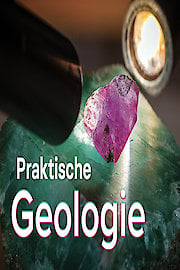
























Taught by Professor James F. P. Cotter of the University of Minnesota, Morris, this course teaches you the fundamentals of field geology. You learn the basics of rocks, minerals, and landforms, and how to apply this knowledge to read an outcrop, find and prepare fossils, assess soil and groundwater, prospect for gems and ore, and much more.
Practical Geology is a series that ran for 1 seasons (24 episodes) between April 20, 2023 and on The Great Courses
-
Channel
-
Premiere DateApril 20, 2023

-
 Stream other movies like this for free.
Stream other movies like this for free.
-
 Find something to watch for free.
Find something to watch for free.
-
 Anytime, Anywhere
Anytime, Anywhere

 Stream other movies like this for free.
Stream other movies like this for free.
 Find something to watch for free.
Find something to watch for free.
 Anytime, Anywhere
Anytime, Anywhere

















